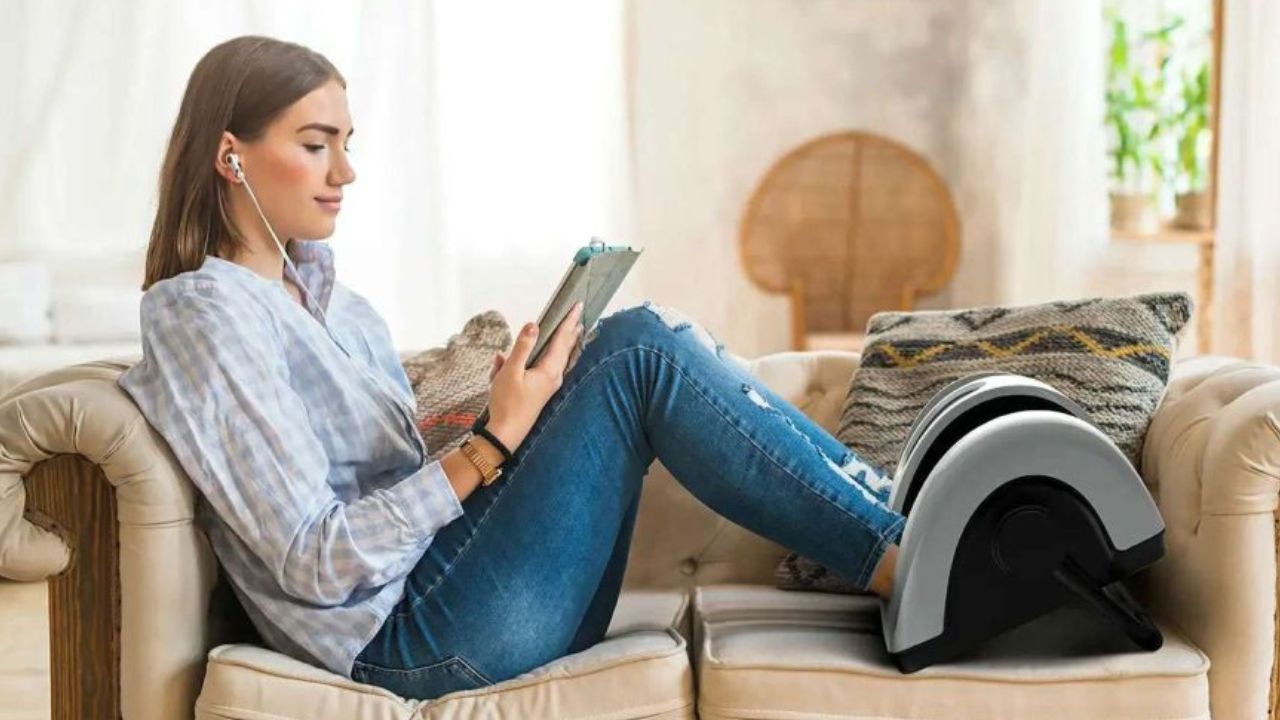Using a foot massager helps to improve circulation and blood flow by stimulating the muscles and tissues in your feet. Blood can flow to and from your feet more easily thanks to the massager’s pressure and kneading actions, which help to relax blood vessels. By stimulating the feet and lower limbs with a variety of massage techniques, foot massagers provide notable benefits for blood circulation.
Better circulation helps the body eliminate metabolic waste products and guarantees that cells receive more oxygen and nutrients. Foot massagers stimulate sensory nerves on the feet by focusing on particular pressure points and reflexology zones, which release endorphins and encourage relaxation.
By stopping the constriction of blood vessels brought on by stress hormones, this stress reduction helps to maintain healthy circulation even more. For more information, visit page of the Tissacre online store. Moreover, foot massagers activate the lymphatic system, which aids in the body’s natural detoxification process and makes it easier to eliminate toxins from the body.
Period of Using Foot Massager for Best Result
Foot massagers are now commonplace devices for therapeutic relief and relaxation, offering a comfortable and easy solution to enhance foot health while relaxing at home. However, it’s crucial to know how frequently and for how long to use a foot massager to reap the maximum advantages and protect yourself. We’ll examine the variables that affect the frequency and length of foot massage sessions in this extensive guide to assist you in making well-informed choices about adding this practice to your daily regimen.
1. Frequency of Foot Massagers
Daily Foot massagers
People with plantar fasciitis, poor circulation, or persistent foot discomfort may find relief with regular foot massages. Regular massages encourage steady relaxation, ease tense muscles, and improve blood flow, all of which contribute to better foot health overall. Regular foot massages can help reduce soreness and weariness, especially for those with physically demanding occupations or long hours on their feet.
Regular Foot Maintenance
Using a foot massager two to three times a week can help with basic foot upkeep and relaxation. Frequent massages improve general well-being, reduce stress, and avoid muscular stiffness. Including foot massages in your weekly schedule can help prevent injuries and keep your feet pain-free and flexible.
Occasional Foot Massagers
Once a week or even twice a week, foot massages may be plenty if you don’t have any persistent foot problems and are mostly utilizing the massager for relaxation. Getting a massage once in a while may be quite enjoyable. It can help you decompress after a demanding day and foster calmness and relaxation.
2. Duration of Foot Massagers
Short Session
Ten to fifteen-minute foot massages can be a good length for instant regeneration and relaxation. Muscle tension can be relieved with quick massage sessions, particularly after prolonged standing or walking. For people who have hectic lives and would like to add foot massages to their regular regimen without devoting a lot of time, quick sessions are perfect.
Moderate Session
More thorough results can be obtained from moderate foot massages lasting 15 to 30 minutes. You can work on particular sore spots, activate reflexology points, and encourage improved circulation during this time. Mild to severe foot discomfort can be effectively treated with moderate sessions, which also help to lower tension and increase general foot flexibility.
Extended Session
People who suffer from chronic foot ailments like plantar fasciitis or neuropathy benefit from longer foot massages more than thirty minutes. Deep relaxation, complete muscular release, and improved blood flow can all be facilitated by longer massages. To avoid hurting your muscles or over stimulating them, you must pay attention to your body during extended workouts.
3. Listen to Your Body
No matter how often or how long you choose, you still need to listen to your body’s signals. It’s crucial to end a foot massage immediately if you experience any pain, numbness, or discomfort. Additionally, be mindful of how sensitive your feet are, especially if you have any past injuries or unresolved medical conditions. Always follow the manufacturer’s instructions about the frequency and intensity of use to prevent misuse or possible injury.
Summary
A useful self-care practice that can help you relax, cope with stress, and take better care of your feet is getting foot massages. You may choose the optimal frequency and length of foot massage sessions by being aware of your body’s requirements and constraints. You can make sure that your foot massage sessions are not only pleasurable but also safe and long-lasting by paying attention to your body, exercising comfortably, and following professional recommendations.


